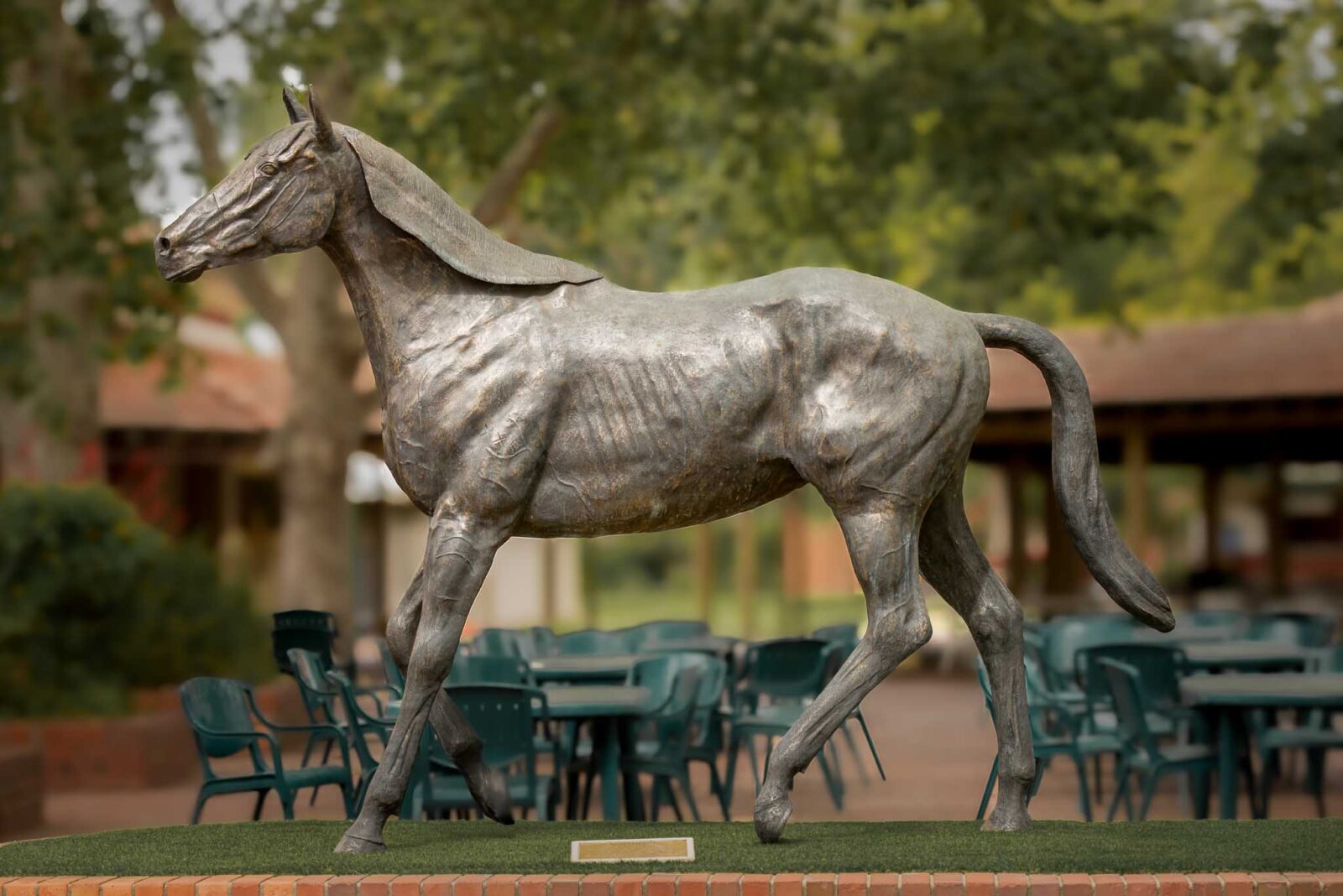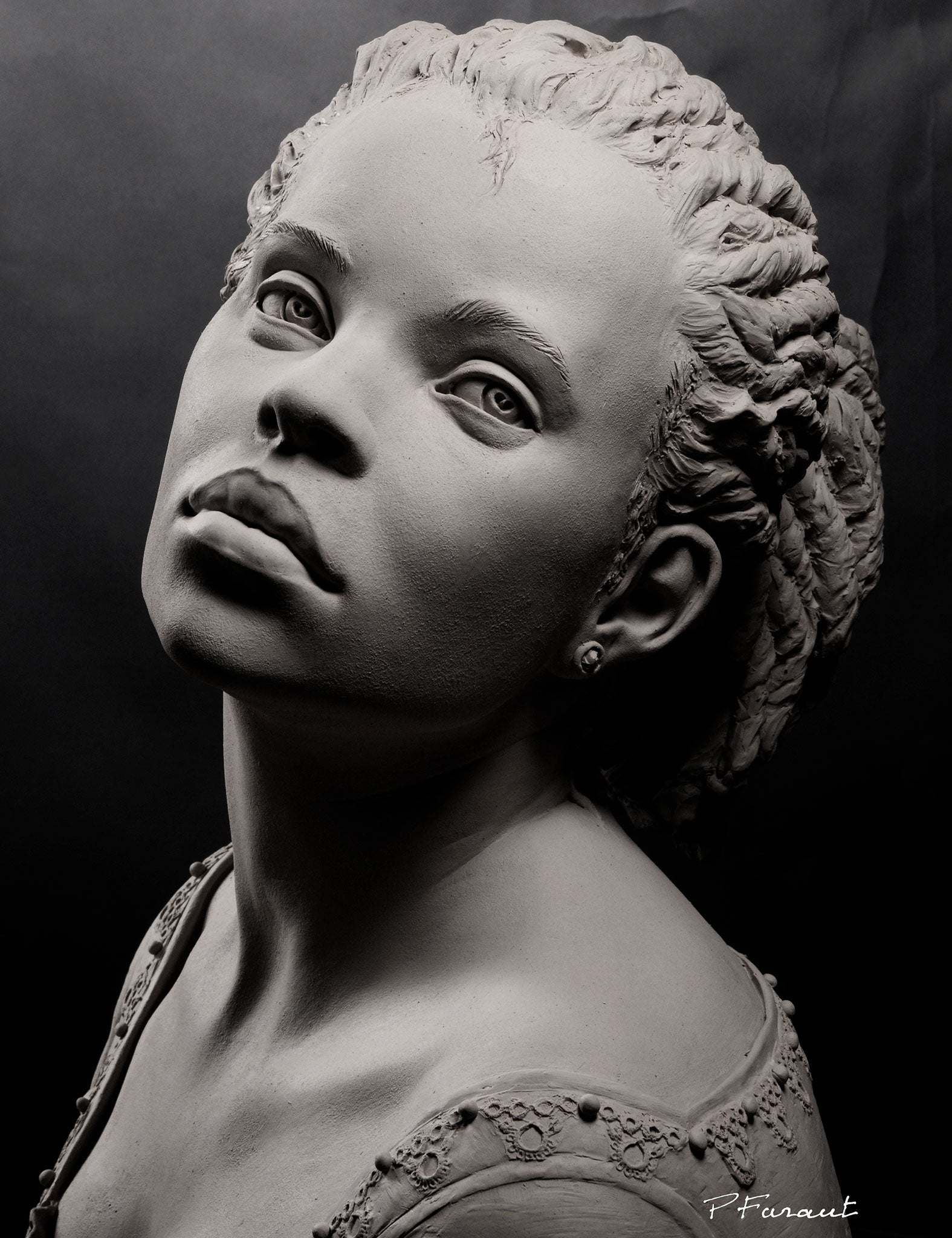Infinite Charm in Bronze: Unveiling the Art of Bronze Sculptures
Wiki Article
The Advancement of Sculptures: From Ancient to Modern
The Evolution of Sculptures: From Ancient to Modern. Robert C Hitchcock Sculptor.Sculpture, one of the oldest forms of art, has actually been an indispensable part of human people for millennia. From the ancient worlds of Egypt and Greece to the modern-day period, sculptures have advanced, mirroring adjustments in artistic techniques, products, and cultural impacts. This journey via time traces the development of sculptures, discovering the changes in design, subject, and artistic expression.
Starting with the old globe, sculptures crafted from stone and later bronze captured the significance of deities, leaders, and everyday life. The Renaissance period experienced a revival of classical sculpting methods, as artists sought to replicate the graceful kinds of old Greek and Roman sculptures (Contemporary Sculptures). In the contemporary period, artists challenged conventional boundaries, accepting abstraction and testing with brand-new materials
This expedition will delve right into the varied evolution of sculptures, disclosing the abundant tapestry of imaginative expression across different periods and societies.

Ancient Sculptures: From Rock to Bronze
Ancient sculptures transitioned from being carved out of stone to being cast in bronze. This change noted a considerable advancement in the art of sculpture, permitting greater improvement and information in the completed works. Rock sculptures, while impressive in their own right, were limited by the nature of the material. Rock required substantial shaping and sculpting, usually causing an extra streamlined representation of the topic.The introduction of bronze as a medium for sculptures brought around a transformation in artistic expression. Bronze supplied carvers the chance to create lifelike and elaborate forms that were not feasible with stone. The procedure of casting bronze allowed for the development of multiple copies of a sculpture, allowing bigger distribution and preservation of these imaginative masterpieces.
The change from stone to bronze likewise saw a change in the subject of sculptures. While stone sculptures mainly illustrated gods, sirens, and mythical figures, bronze sculptures started to show a broader range of topics, including day-to-day individuals and pets. This growth of subject showcased the adaptability and versatility of the bronze medium.
Renaissance Rebirth: Shaping in the Timeless Design
The Renaissance revival of sculpture experienced a resurgence in the classical style, structure upon the advancements made during the transition from rock to bronze in old sculptures. Throughout this duration, artists sought to recreate the timeless visual and ideals of appeal that were widespread in old Greek and Roman sculptures.Among the key attributes of the Renaissance revival was the focus on naturalism and the human form. Carvers like Donatello and Michelangelo make every effort to capture the anatomical details and expressions of their topics with extraordinary precision. They researched the body and incorporated their observations into their sculptures, causing sensible and realistic depictions.
One more essential facet of the Renaissance revival was the exploration of point of view and depth. Artists made use of strategies such as contrapposto, where the weight of the body is shifted to one side, creating a feeling of activity and dynamism. They additionally trying out different materials, including marble and bronze, to attain a level of refinement and ins and out in their sculptures.

Innovation and the Avant-Garde: Damaging Standard Boundaries
During the Innovation and Avant-Garde activities, artists pressed the boundaries of traditional artistic conventions. This duration, which arised in the late 19th and early 20th centuries, saw a significant shift in the means artists came close to sculpture. Denying the concept of art as mere replica, modernist artists sought to check out brand-new kinds, products, and principles.
One of the essential qualities of modernist sculpture was the focus on abstraction. Carvers relocated away from realistic representations and rather concentrated on recording the significance of the topic navigate to this site via simplified types and geometric shapes. This departure from standard depiction permitted artists to reveal their feelings and ideas in a more individual and subjective fashion.

Contemporary Sculptures: Discovering New Materials and Concepts
With a focus on exploring brand-new materials and concepts, contemporary sculptures have actually revolutionized the field of art. Artists today are pressing the limits of standard sculpture by experimenting and making use of ingenious materials with abstract concepts. These sculptures test conventional notions of definition, materiality, and form, welcoming audiences to engage in a brand-new and thought-provoking creative experience.Contemporary carvers are accepting a variety of materials, consisting of plastic, glass, steel, and also raw material. They are not limited to the traditional medium of rock or clay, permitting better flexibility of expression and trial and error. This shift towards unusual materials has opened up brand-new possibilities for musicians to create sculptures that are vibrant, interactive, and aesthetically striking.
In addition to checking out brand-new products, modern sculptures also dig right into complex and abstract principles. Musicians are currently checking out motifs such as identity, social concerns, and the environment, utilizing sculpture as a powerful tool for social discourse and self-contemplation. These sculptures challenge visitors to believe seriously and involve with art on a much deeper degree, stimulating conversations and prompting psychological feedbacks.
Global Impacts: Sculptural Customs From Worldwide
Sculptural practices from different areas of the world have significantly shaped the advancement of sculptures throughout background. The global impacts on sculpture have been diverse and have added to the splendor and selection of imaginative expressions. From the ancient human beings of Egypt, Greece, and Rome to the complex carvings of Asian cultures, each region has actually created its distinct sculptural customs that have actually influenced artists throughout time.In ancient Egypt, sculptures were produced mostly for funerary and spiritual purposes. The famous sculptures of gods and pharaohs, such as the Great Sphinx and the breast of Queen Nefertiti, showcase the Egyptians' proficiency of rock carving and their idea in the afterlife.

In ancient Rome, sculpture offered both artistic and political objectives. Roman sculptures typically illustrated emperors, generals, and mythical numbers, reflecting the power and grandeur of the empire. The marble sculpture of Augustus of Prima Porta and the huge Arch of Constantine are notable instances of Roman sculptural achievements.
Eastern sculptural traditions, particularly in India, China, and Japan, have additionally had a profound influence on the evolution of sculptures. Indian sculptures, such as the intricately carved holy places of Khajuraho and the gigantic statuaries of Buddha, show a rich fusion of religious, mythological, and building aspects. Chinese sculptures, identified by their fine workmanship and interest to information, commonly portray deities, pets, and legendary figures. Japanese sculptures, affected by Buddhism, emphasize simplicity and tranquility, seen in the serene statues of Buddha and the stylish art of bonsai.
The global influences on sculpture proceed to evolve in the contemporary period. As we look to the future, it is particular that the worldwide influences on sculpture will certainly proceed to shape and redefine this ancient art kind.
Conclusion
In final thought, the development of sculptures has actually seen a shift from ancient stone and bronze works to the classic resurgence throughout the Renaissance. Today, contemporary sculptures explore brand-new materials and concepts, while likewise attracting inspiration from international sculptural traditions.From the ancient people of Egypt and Greece to the contemporary period, sculptures have actually developed, reflecting modifications in creative techniques, products, and cultural influences.Beginning with the old world, sculptures crafted from rock and later on bronze recorded the significance of deities, rulers, and everyday life.Ancient sculptures transitioned from being sculpted out of rock to being cast in bronze. While stone sculptures primarily shown gods, goddesses, and mythological numbers, bronze sculptures began to reflect a more comprehensive array of topics, consisting of daily individuals and animals.In final thought, the evolution of sculptures has actually seen a change from ancient rock and bronze works to the timeless revival during the Renaissance.
Report this wiki page